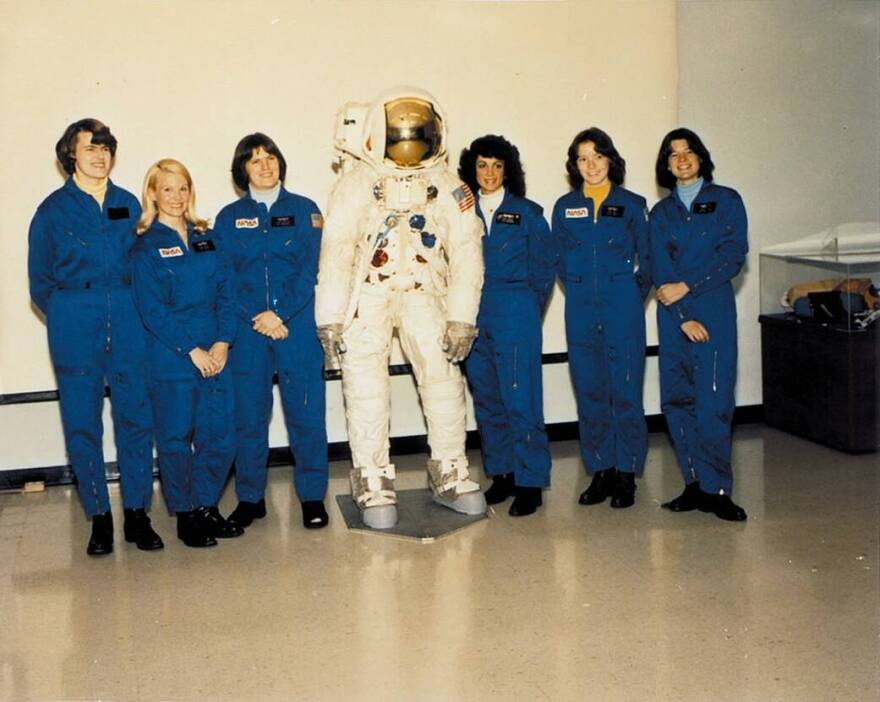In 1978, six women forever changed the space industry when they joined the U.S. space program.
Kathryn Sullivan, Shannon Lucid, Rhea Seddon, Anna Fisher, Sally Ride and Judy Resnik were the first women selected when NASA opened the astronaut application to everyone regardless of race or gender.
The new book The Six: The Untold Stories of America’s First Women in Space explores their identities and how they each helped the space program evolve into what it is today.
Loren Grush is the author of that book, and also a space reporter for Bloomberg News. Grush dives deep into the history and lives of the six women and their impact on the future of the space program.
“I really want people to come away realizing that the women were just people," Grush said. "I think there probably is a lot of focus to kind of build them up as these heroes and while they are in such a way, they really were just trying to do their jobs and they just happened to be the first ones of their gender to do it.”
Plus, If humans are going to travel farther from home to places like the moon and Mars, there’s a lot of work to be done.
That’s according to a new report that outlines a vision for biological and physical science research in space.
The Decadal Survey of biological and physical sciences highlights goals that surround space exploration and research. It allows scientists a voice in what the future of space science will look like collectively.
Rob Ferl is a professor at the University of Florida and a co-chair of the Decadal Survey. He said that the survey is vital for planning long-term goals in the space community with participation from scientists around the world.
“To get the ideas, impressions, goals of science, as a big part of moving agencies forward," Ferl said. "And in this case, NASA I can't think of, of a cooler thing for a space scientist to be able to do than to have input on where space science is going."






